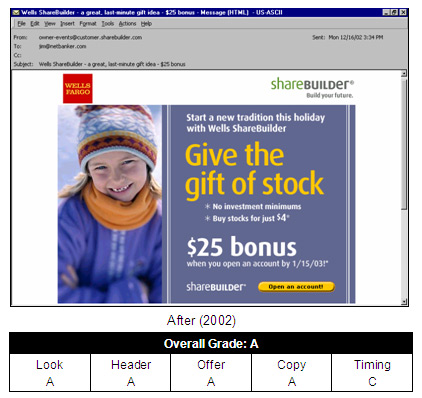 Is it just me or is it hard to keep up with all the developments at Facebook? I guess if you are worth $15 billion, you have to keep hustling.
Is it just me or is it hard to keep up with all the developments at Facebook? I guess if you are worth $15 billion, you have to keep hustling.
Much of the news out of Facebook has little to do with retail banking. So, you may have overlooked this week's announcement of its new ad platform and promotional tools for businesses and organizations (for a concise, 340-word summary and analysis, see Wednesday's TechCrunch post here).
In the official Facebook press release (here), Chase is listed as one of 12 "landmark partners" in the advertising program. Other than the existing Chase +1 group, with an impressive 40,000 members, it doesn't appear the bank has launched a page yet.
But that shouldn't stop you. To create a Facebook presence, you don't need to be a landmark partner, a mega bank, or even have ten bucks left in your budget. The new company pages are free and you can set one up here in a just a few minutes .
As a test, I built an Online Banking Report page in about 90 seconds (here, screenshot below). It took an hour to show up in Facebook search, so don't panic if it's not there right away (see note 1).
Even if you post only your logo and website address, I recommend doing so right away. That will help ensure that you, and not some crook or prankster, creates the page that's associated with your brand at Facebook. For extra credit, add Facebook to your periodic Web searches to see if anyone is wrongly using your brand name.
As an added payback for my 90 seconds of work, an hour after creating my page, Online Banking Report is the one and only page shown for "banking" searches (see note 2).
You also have the option of creating pay-per-view or pay-per-click ads to drive traffic to your page. Currently, the advertising is very affordable with prices starting at $0.15 per thousand impressions or $0.01 per click. Ads can be targeted to Facebook demographics.
Notes:
1. When I thought I'd lost my Online Banking Report page, I created a second page for NetBanker here.
2. There are many other search results for "banking," but Online Banking Report is currently the only one under the new "Pages" designation. Overall, Facebook search is currently pretty weak, but with the $240 mil from Microsoft, it should be state-of-the art by this time next year.




























